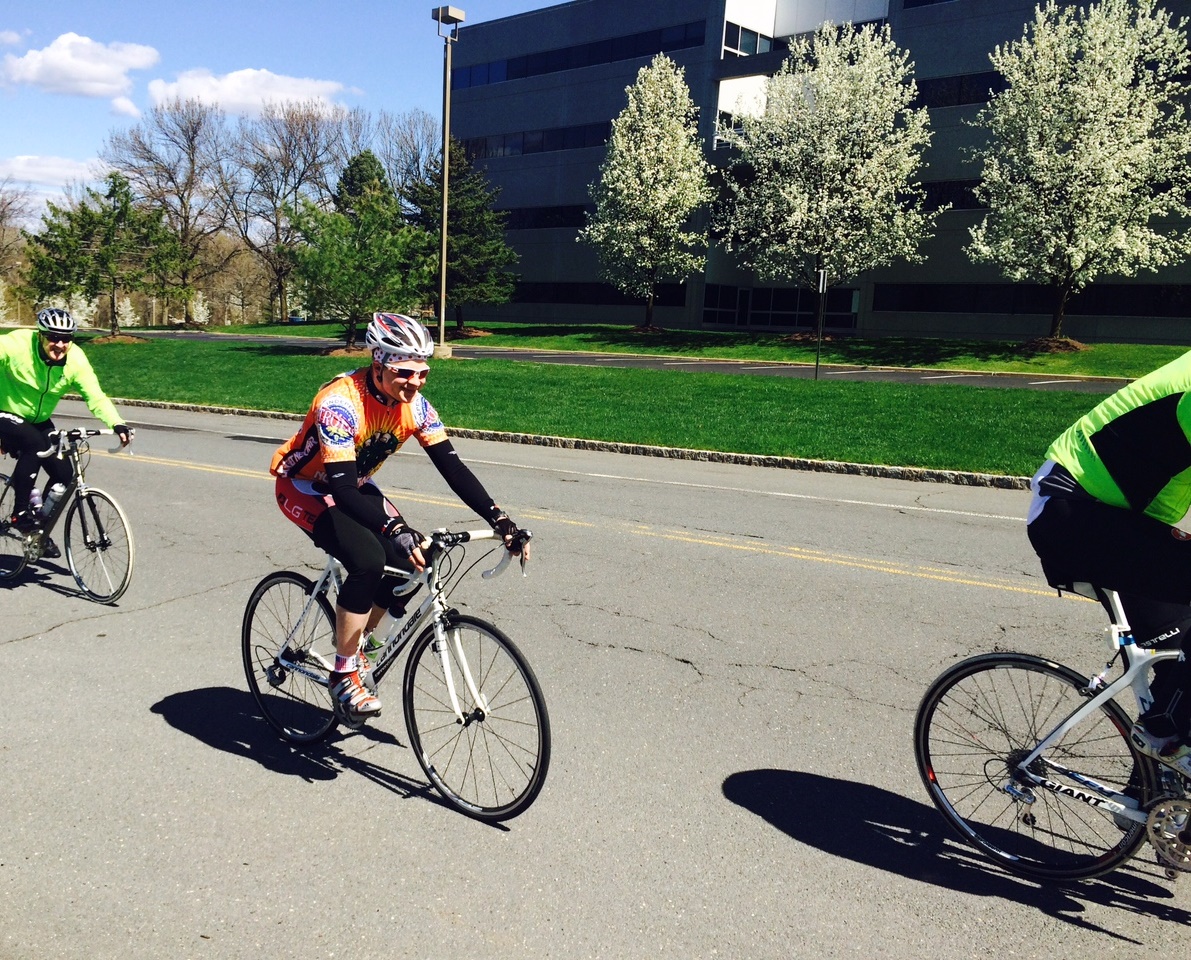Share the Road: Cycling Laws in Pennsylvania

As an avid cyclist, Central Pennsylvania offers many great routes and opportunities to ride a bike, and summer is the prime time to get out and take advantage of the great weather. Although I enjoy hitting the trails in Mount Gretna every now and then (check out Gretna Fat Bikes if you’re in the area), I like getting out on the road and riding anywhere between 20 and 60 miles at a time. My primary goal when out on the bike is to have a fun, safe experience and “keep the rubber side down” as an old cycling coach used to say. I try to be respectful on the road to drivers, but unfortunately I’ve experienced some drivers that seem to act in blatant disregard for my safety.
Since I’m also an avid driver of motor vehicles, I understand that the relationship between drivers and cyclists can be fraught with problems. Sometimes a group of cyclists completely block the road, riding three or four across or a single cyclist rides in the middle of the road despite a safe opportunity to ride on the shoulder.
It’s fair to say that drivers and cyclists alike could use a better understanding of the laws and rules of the road that encourage a safe experience for everyone involved and truly “Share the Road.” Below is a summary of a few Pennsylvania laws and general safety tips relating to cyclists and drivers.
According to the Pennsylvania Vehicles Code, bicycles are considered vehicles. Therefore, cyclists are granted all of the rights and are subject to all of the rules applicable to a driver of a motor vehicle, including operating the bicycle in a safe, lawful manner and exercising ordinary and reasonable care under the circumstances. For example, a cyclist can be cited for violating traffic laws like running a stop sign or even driving under the influence.
Distracted driving prohibited for cyclists and drivers alike. Since a bicycle is a motor vehicle, a cyclist may not use a phone or other wireless communications device to send, read or write a text-based communication while in motion. Distracted driving has been suspected as a cause of many accidents involving drivers and cyclists.
Bicycles must be operated in the same direction as motor vehicle traffic. Bicycles should go with traffic and should remain on the shoulder or towards the right of the lane if operating slower than the prevailing speed of the road, unless it is unsafe to do so. In some circumstances, it may be unsafe to ride on the shoulder due to potholes or grates that could cause crashes, in which case a cyclist may opt to “take the lane” until the unsafe conditions are no longer present.
When passing a cyclist, a driver of a motor vehicle must pass to the left within not less than four feet at a prudent and reduced speed. In my experience, this is the number one complaint of cyclists – unsafe passing. I can’t tell you how many times I’ve been passed well within the four feet minimum, at what seems like excessive speeds. Safe passing is common courtesy and it’s the law. If it’s unsafe to pass a cyclist, it’s important to wait until you can give the cyclist enough room to safely pass.
Limitation on riding abreast. Cyclists may not ride more than two abreast except on paths or parts of a roadway set aside for exclusive use of bikes, such as a bike lane.
Helmets required for children under 12. The helmet must meet the standards of a nationally recognized standard for bicycle helmet approval. Approved helmets can be obtained from your local bike shop. As far as safety is concerned, wearing a helmet isn’t enough – be sure that the helmet is properly fitted as well to make sure the helmet offers the protection it is designed for. Here’s a YouTube video showing how to properly fit a helmet: NHTSA Fitting a Bicycle Helmet.
The bottom line here – cyclists and drivers should respect each other and their relevant rights and responsibilities on the road so that each can enjoy the road and safely travel to their destinations. Be safe and “keep the rubber side down.” For some more information on cycling in Pennsylvania, including safety and laws, rules of the road, and statewide bike routes, check out PA Commutes from PennDOT at www.pacommutes.com/biking.
Matt Landis is an attorney at Russell, Krafft & Gruber, LLP, in Lancaster, Pennsylvania. He received his law degree from Widener University and works regularly with business owners and entrepreneurs. His favorite cycling experience to date was riding down Haleakalā on his honeymoon in Hawaii.
